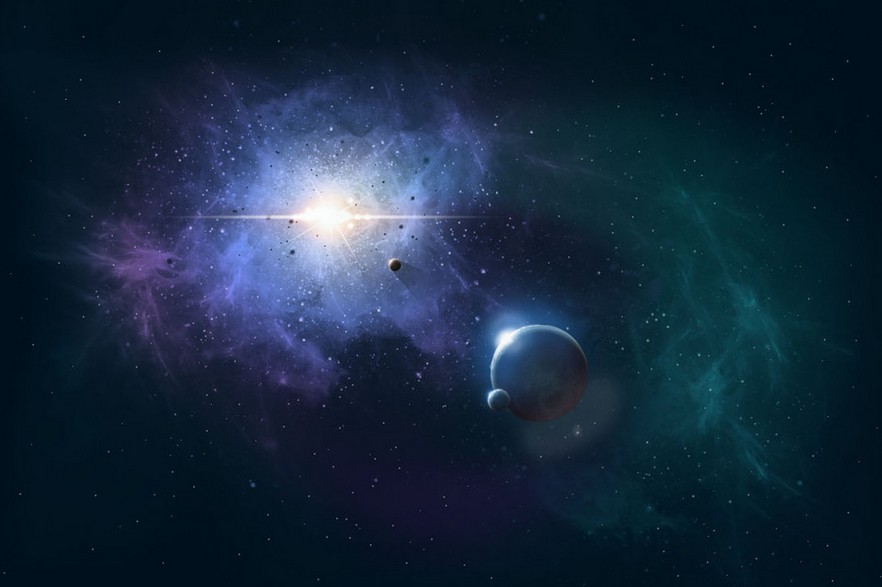In an attempt to draw everything together, physicists have come up with something called superstring theory. This postulates that all those little things like quarks and leptons that we had previously thought of as particles are actually "strings"—vibrating strands of energy that oscillate in eleven dimensions, consisting of the three we know already plus time and seven other dimensions that are, well, unknowable to us. The strings are very tiny—tiny enough to pass for point particles.

By introducing extra dimensions, superstring theory enables physicists to pull together quantum laws and gravitational ones into one comparatively tidy package, but it also means that anything scientists say about the theory begins to sound worryingly like the sort of thoughts that would make you edge away if conveyed to you by a stranger on a park bench. Here, for example, is the physicist Michio Kaku explaining the structure of the universe from a superstring perspective: "The heterotic string consists of a closed string that has two types of vibrations, clockwise and counterclockwise, which are treated differently. The clockwise vibrations live in a ten-dimensional space. The counterclockwise live in a twenty-sixdimensional space, of which sixteen dimensions have been compactified. (We recall that in Kaluza's original five-dimensional, the fifth dimension was compactified by being wrapped up into a circle.)" And so it goes, for some 350 pages.












